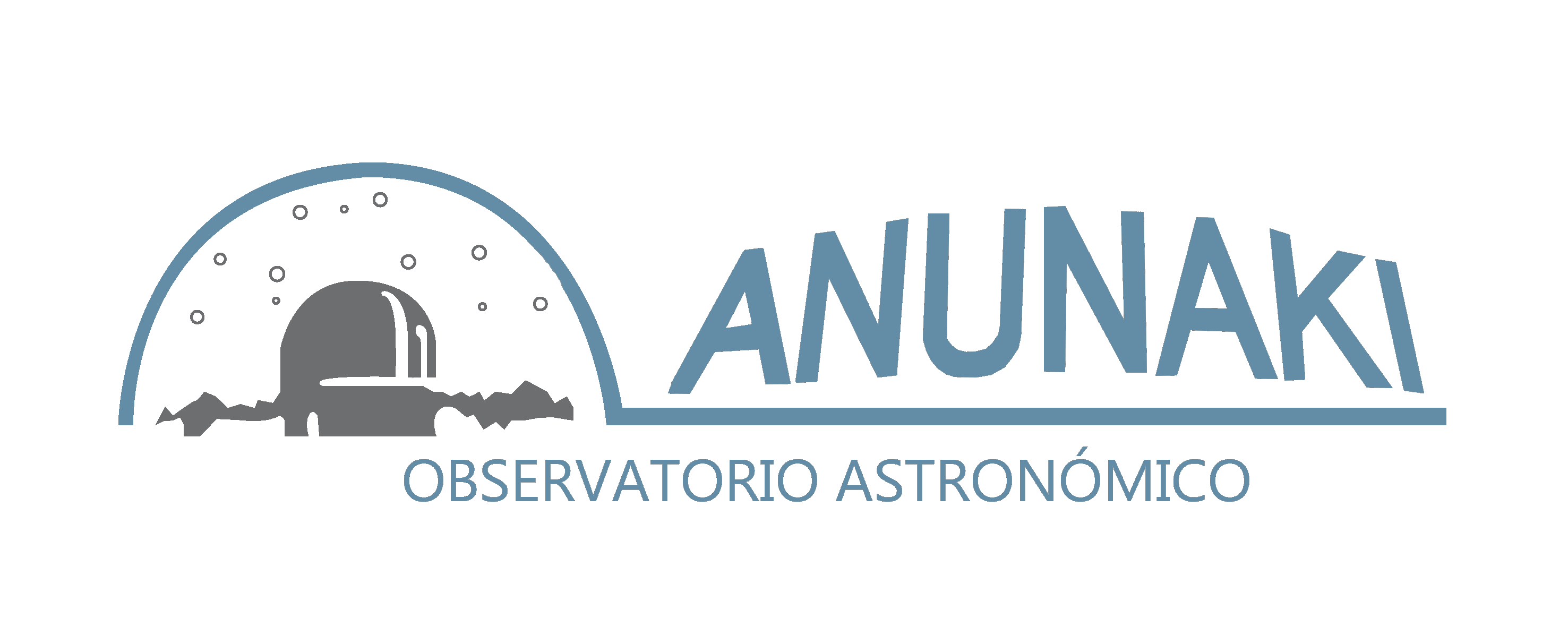LDN 1235, also known as the “Shark Nebula,” is another one of those dark, dusty nebulae floating in space. Unlike bright nebulae, which emit or reflect light, LDN 1235 is a dark nebula, which means it is basically a giant cloud of gas and dust that blocks the light from the stars behind it. That’s why, when you look at it, it looks like a dark silhouette against the backdrop of the starry sky.
What makes LDN 1235 special is its shape. If you look at the picture of this nebula, it looks like a shark swimming in space, hence its nickname. The “head” and “body” of the shark are denser areas of the nebula, where the dust is so thick that it barely lets any light through.

LDN 1235 also has parts where gas and dust interact with light from nearby stars, creating brighter areas and reflecting bluish light.
This nebula is in the constellation Cepheus, a region of the sky that is not as well known but has several other interesting nebulae nearby. LDN 1235 is quite far from us, about 650 light-years away, which means that the light we see today came from that nebula 650 years ago.
In short, LDN 1235 is a giant shark-shaped cloud of dust and gas in space. Although it is mostly dark, its striking shape and location in a nebula-rich area make it an interesting object for astronomers and anyone who enjoys the wonders of the cosmos.
Data adquisition:
Baader Blue (CMOS-Optimized) 36 mm: 20×300,″(1h 40′)
Baader Green (CMOS-Optimized) 36 mm: 20×300,″(1h 40′)
Baader Red (CMOS-Optimized) 36 mm: 20×300,″(1h 40′)
Baader UV/IR CUT Luminance (CMOS Optimized) 36 mm: 52×300,″(4h 20′)
Time integration:
10h
